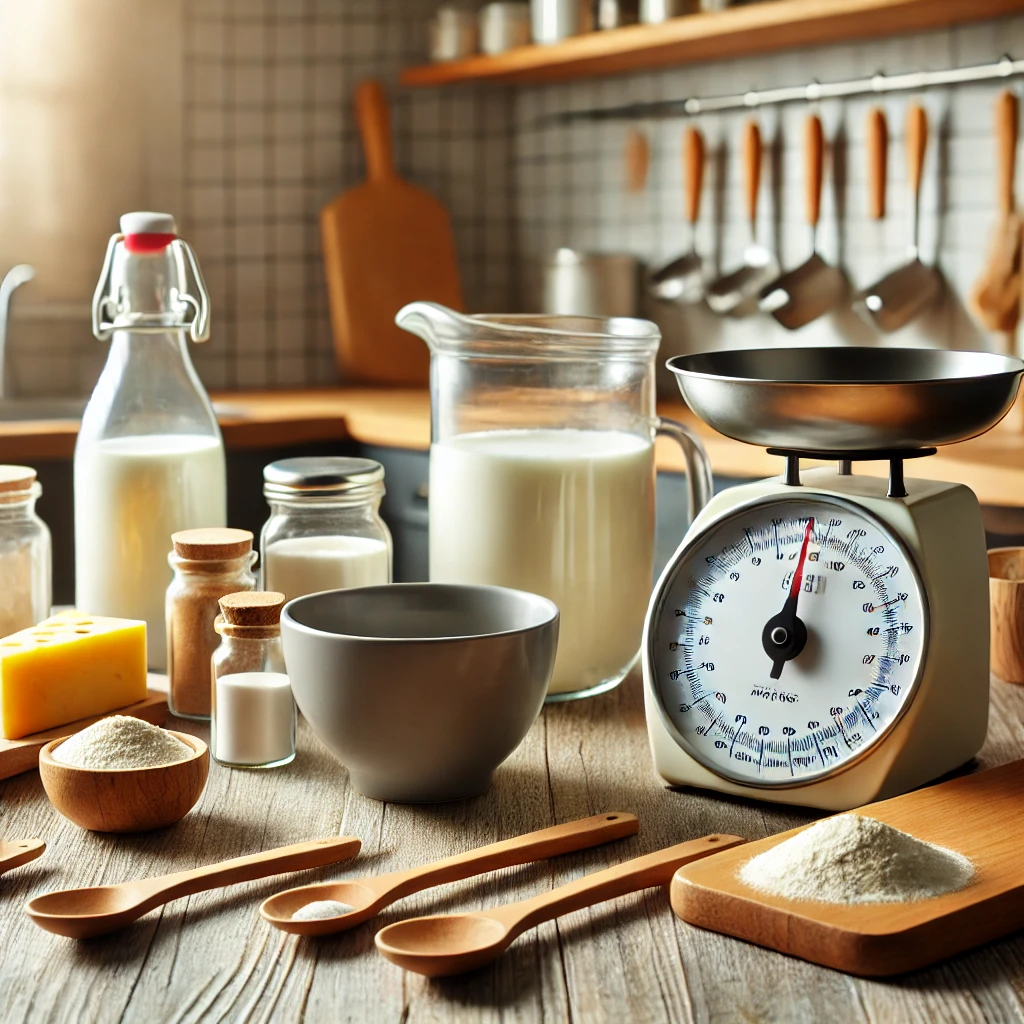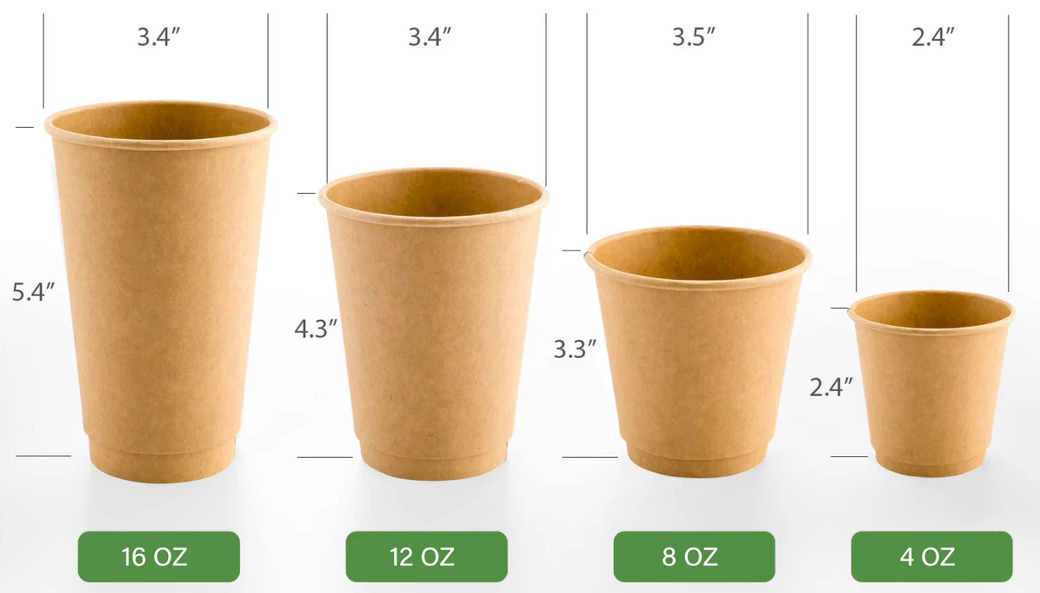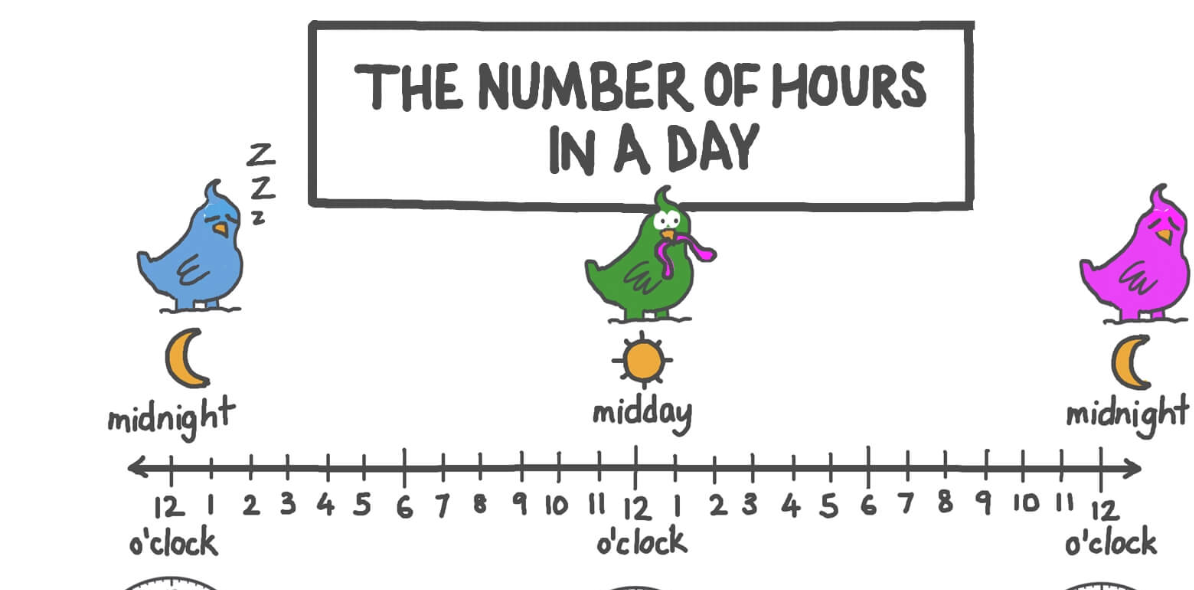In the culinary world, precision is key. Whether you’re baking a delicate pastry or cooking a savory stew, accurate measurements can make or break your dish. Understanding how to convert kitchen measurements, such as knowing how many tablespoons are in a cup, is an essential skill for any home cook. This guide will walk you through the basics of kitchen measurements, provide practical conversion tips, and help you avoid common mistakes to ensure your culinary creations are always on point.
Key Takeaways
- 1 cup equals 16 tablespoons: A fundamental conversion that is crucial for kitchen accuracy.
- Use the right tools: Ensuring you have proper measuring cups and spoons makes all the difference.
- Accuracy is key: Proper measurements affect the outcome, texture, and flavor of your dishes.
- Practice makes perfect: Regular use of these tips and tools will improve your kitchen skills.
Understanding Basic Kitchen Measurements
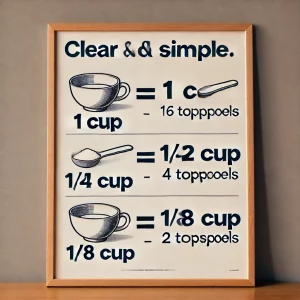
Overview of Common Kitchen Measurements
In the kitchen, we frequently use a variety of measurement units to ensure our recipes turn out perfectly. The most common units include:
- Cups: Typically used for larger quantities of both dry and liquid ingredients.
- Tablespoons (Tbsp): A smaller unit often used for both dry and liquid ingredients.
- Teaspoons (tsp): Even smaller than a tablespoon, commonly used for spices and small amounts of liquids.
- Ounces (oz): Used for both weight (solid ingredients) and volume (liquid ingredients).
Importance of Accurate Measurements in Recipes
Accurate measurements are crucial for several reasons:
- Consistency: Ensures that your dish turns out the same every time you make it.
- Texture: Proper measurements affect the texture of your food, especially in baking.
- Flavor: Over- or under-measuring ingredients can significantly alter the taste of a dish.
- Cooking Time: Accurate measurements ensure that food cooks evenly and is done at the correct time.
Differences Between Dry and Liquid Measurements
It’s important to distinguish between dry and liquid measurements as they are not always interchangeable:
- Dry Measurements: Used for ingredients like flour, sugar, and spices. These are typically measured using measuring cups and spoons that allow you to level off the excess.
- Liquid Measurements: Used for ingredients like water, milk, and oil. These are measured using liquid measuring cups with a spout, allowing for easy pouring and accurate reading at eye level.
The Conversion Formula
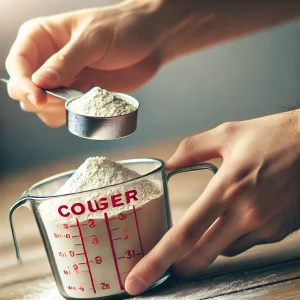
Clear Explanation of the Conversion Formula
Converting between tablespoons and cups is straightforward once you know the basic formula:
- 1 cup = 16 tablespoons
This simple conversion can save you time and effort in the kitchen, ensuring you can quickly and accurately measure out your ingredients.
Visual Aids or Conversion Charts
Visual aids and conversion charts can be incredibly helpful for quick reference. Here is a simple conversion chart to keep handy:
- 1 cup = 16 tablespoons
- 1/2 cup = 8 tablespoons
- 1/4 cup = 4 tablespoons
- 1/8 cup = 2 tablespoons
Examples of Conversion in Cooking or Baking
Understanding conversions is especially useful when halving or doubling recipes. For example:
- If a recipe calls for 1/2 cup of an ingredient, you can quickly know that you need 8 tablespoons.
- When doubling a recipe that calls for 1/4 cup, you know you need 8 tablespoons instead of trying to eyeball the measurement.
Practical Applications

Common Recipes Requiring Conversion
Many recipes require you to convert measurements, especially when scaling them up or down. Some common examples include:
- Baking: Converting flour, sugar, or butter measurements.
- Cooking: Adjusting quantities of spices, oils, and sauces.
Step-by-Step Guide on Converting Measurements
- Identify the required measurement: Determine if you need to convert cups to tablespoons or vice versa.
- Use the conversion formula: Apply the 1 cup = 16 tablespoons formula.
- Measure accurately: Use proper measuring tools to ensure precision.
Tips for Measuring Accurately
- Use the correct tools: Always use measuring cups for dry ingredients and liquid measuring cups for liquids.
- Level off dry ingredients: Use a straight edge to level off dry ingredients for an accurate measurement.
- Check liquid measurements at eye level: Ensure your liquid measuring cup is on a flat surface and read the measurement at eye level.
Tools and Tips for Easy Conversion
Recommended Kitchen Tools
To make conversions easy and accurate, invest in these essential kitchen tools:
- Measuring Cups: For both dry and liquid ingredients.
- Measuring Spoons: For smaller quantities of both dry and liquid ingredients.
- Kitchen Scale: For precise weight measurements, especially useful in baking.
Tips for Quick Conversions
- Keep a conversion chart handy: Print and post it on your fridge or inside a cabinet door for quick reference.
- Use smartphone apps: There are numerous apps available that can quickly convert measurements for you.
Handling Tricky Measurements and Adjustments
- Estimate when necessary: For non-critical ingredients, an estimate might suffice.
- Adjust for consistency: When altering recipes, consider the consistency and make small adjustments as needed.
Avoiding Common Mistakes
Common Pitfalls in Kitchen Measurements
- Using the wrong measuring tool: Mixing up dry and liquid measuring tools can lead to inaccuracies.
- Not leveling dry ingredients: Packed flour or sugar can result in using too much of an ingredient.
- Incorrect liquid readings: Reading measurements from the wrong angle can cause errors.
How to Avoid Over- or Under-Measuring
- Follow the recipe: Stick to the prescribed measurements and methods.
- Practice: Regular use of measuring tools will improve your accuracy.
- Double-check: When in doubt, measure twice to ensure accuracy.
Tips for Correcting Measurement Mistakes
- Too much of an ingredient: If you add too much of an ingredient, try to balance it out with other ingredients.
- Too little of an ingredient: Gradually add more until you reach the desired amount.
- Adjust recipe ratios: Sometimes, slight modifications to other ingredients can help balance the overall result.
Understanding how to convert tablespoons to cups and vice versa is an essential skill for any home cook. Accurate measurements ensure consistent, delicious results in your cooking and baking endeavors. By following the tips and guidelines provided in this article, you’ll be well-equipped to handle any recipe with confidence and precision. Happy cooking!
